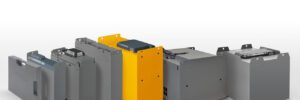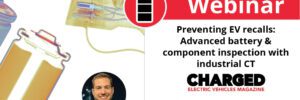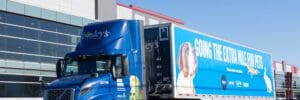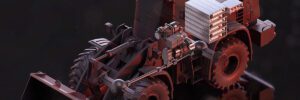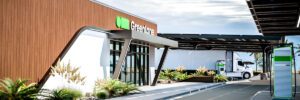The first quarter of 2025 has been anything but boring in the U.S. electric vehicle market. Between record-breaking deliveries, surprising slowdowns, political shake-ups, and bold new promotions, the EV world is buzzing with energy—and a little chaos.
If you’re someone who’s excited about the future of electric cars (or just curious about what’s really going on behind the headlines), you’re in the right place. We broke it all down—no fluff, just the good stuff.
Tesla Hits the Brakes
Tesla delivered 336,681 vehicles in Q1 2025, but that’s down 13% compared to this time last year. It’s their biggest year-over-year dip since the pandemic.
What’s going on? A few things could be behind the slowdown:
-
Stronger competition in the EV space
-
Cooling demand in both the U.S. and Europe
-
And yes, politics—Elon Musk’s public support of former President Trump may have turned off some of Tesla’s core customer base
Tesla’s still the giant in the game, but this stumble shows even the biggest names aren’t bulletproof.
Lucid Breaks Records—But Investors Shrug
Lucid Motors delivered 3,109 vehicles in Q1. That’s a personal best for the brand—but Wall Street wasn’t impressed. Their stock actually dropped over 4% after the announcement.
Why the disconnect? A couple of reasons:
In short: Lucid is growing, but the road ahead still has some bumps.
Rivian Comes Close, But Not Quite
Rivian delivered 8,540 vehicles in Q1—just a little below what analysts expected and about 8% down from Q4 2024. Still, the brand isn’t backing down. They’re sticking to their full-year delivery goal of 46,000–51,000 vehicles.
That’s confidence we like to see.
Tariff Talk: It’s Getting Expensive
One of the biggest headlines this quarter? President Trump’s announcement of a 25% tariff on imported vehicles and car parts. While it’s aimed at protecting U.S. automakers, it could also raise prices across the board—especially for EVs that rely on imported components.
Some estimates say we could see price hikes of up to $10,000 on certain models.
Translation: If you’ve been thinking about buying an EV, now might be a smart time to lock in pricing.
Ford Doubles Down on American-Made
Ford’s not waiting around. They just launched a promo called “From America, For America,” offering:
The deal runs until June 2, 2025, and it’s clearly designed to win over customers who are feeling the tariff pressure.
What It All Means for You
The U.S. EV market is still growing—but not in a straight line. Q1 showed us that:
-
Even big names like Tesla can lose momentum
-
Startups like Lucid and Rivian are still climbing, but it’s not easy
-
Politics and policy decisions are shaping what cars will cost—and where they’ll be built
-
And smart shoppers should keep an eye on the calendar (and promotions like Ford’s) if they want to score a deal
We’ll keep watching the trends and bringing you the real talk—without the jargon. Because EVs aren’t just the future. They’re your future.
